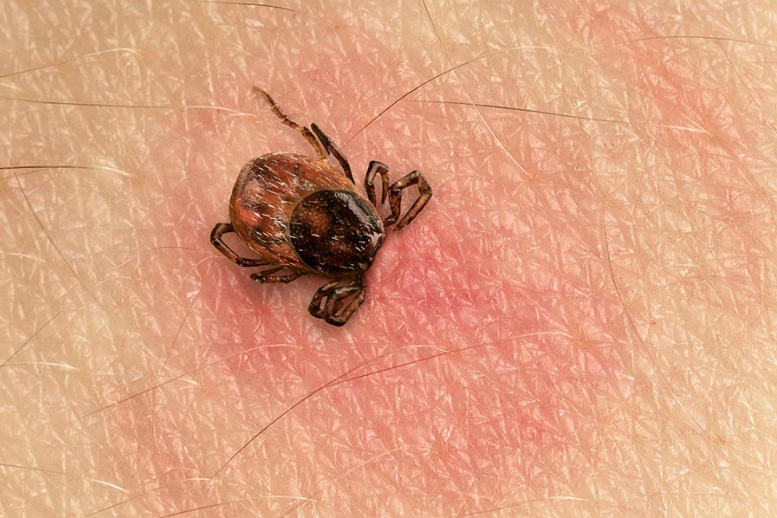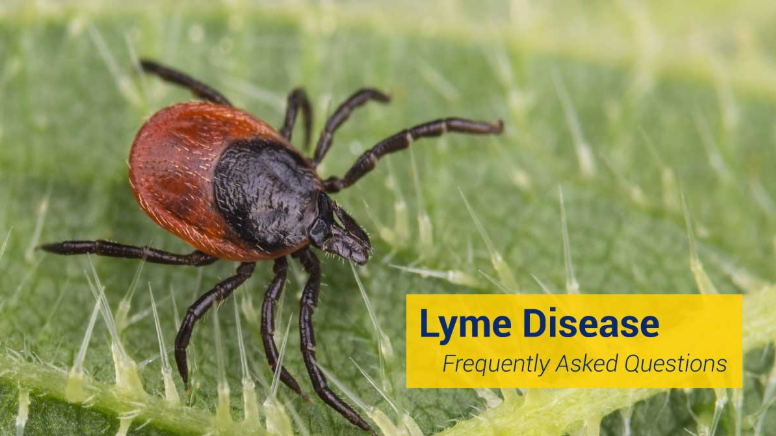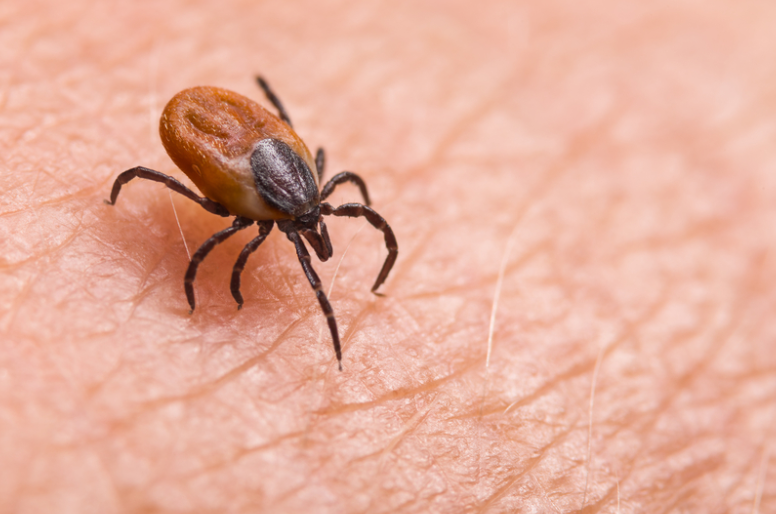FAQs and Resources About Lyme Disease


Lyme disease is the most prevalent disease in many parts of the world. People especially staying in dense tick populations should be aware of the spreading causes, early signs and diagnosis, treatment methods and coping strategies. This resource will provide relevant Lyme Disease FAQ information and answer some of the common questions that aid patients during the recovery process.
Understanding Lyme Disease: Key Facts
Lyme disease commonly spreads through infected tick bites commonly known as deer ticks. There are different stages and symptoms of disease help you understand its progression and get treated accordingly.
At the early stage when the person is bitten by a tick and might begin to feel fatigue, chills, fever and the bull’s-eye rash. When disease progresses the bacteria multiplies and affects various organs and causes joint pain along with muscle aches and sometimes even neurological signs. At a later stage it may lead to serious complications like arthritis, heart issues and long lasting nerve damage.
Knowledge of these stages and signs can assist individuals to seek the right medical care on time. Protective clothing, tick repellents and other similar tactics should be utilized more in order to limit exposure to ticks.
Frequently Asked Questions in Regards to Lyme Disease

How can I tell if there are any Symptoms associated with Lyme Disease?
The Symptoms that are associated with Lyme disease include weakness, fever, headaches, and sore muscles. The primary symptoms of tick bite is bull’s eye rash but not all individuals get these rashes. If you observe any relevant symptoms, consider checking your doctor immediately.
What methods can be used to identify Lyme Disease?
There are several methods used to identify Lyme disease that involve symptom evaluation, assessment of exposure to ticks, and blood tests. The most common diagnostic tests suggested are ELISA (enzyme-linked immunosorbent assay) and Western Blot antibody tests. These tests study the antibody response against Borrelia burgdorferi and identify the infection. Early detection is key in minimizing effects.
What is the recommended treatment and how can I manage the symptoms?
The recommended treatment for managing the lyme disease symptoms are:
Oral antibiotics
Most infections can be treated by taking oral antibiotics prescribed by your physician.
Intravenous antibiotics
In the case of severity, intravenous antibiotics are suggested to manage complications such as meningitis.
Symptom relief
Pain management and physiotherapy are supportive treatments that are considered.
Are There Steps in Which Lyme Disease Can Be Contained In The First Place?
Definitely! Containment is a crucial step that requires attention, some of the detailed required containment steps include:
- Applying DEET which is a potent insect repellent,
- Wearing white or light colored full covered clothing which would allow for easy identification of ticks.
- Treated by a veterinarian recommended tick control product.
- Above all these steps make sure that after being outside check your hair and body for ticks.
Is Lyme Disease Spreadable or Is it a Genetic Condition?
Lyme disease is not spreaded from one person to another. It is not a genetic condition to pass down by a family member. It spread only through the infected ticks.
What Happens If Lyme Disease Goes Untreated?
If Lyme disease goes untreated it leads to severe and long-term health issues such as inflammation of the joints, Chronic Lyme arthritis, brain and nervous system related conditions, and losing focus. The best way to avoid these health consequences would be to book and attend a medical intervention instantly.

Top 10 Lyme Disease Resources and Organizations
It is important to learn and to educate oneself in order to be able to assist in the search of validated Lyme resources. Here are ten such organizations that are of trust:
- The Centers for Disease Control and Prevention (CDC): This center offers detailed information on symptoms and prevention and treatment of the disease.
- International Lyme and Associated Diseases Society (ILADS): This organization helps conduct the research and educates both the doctors and patients by sharing information with them.
- Global Lyme Alliance: This organization helps facilitate the development of smarter more effective forms of testing for lyme disease and better treatments for this disease.
- Bay Area Lyme Foundation: This organization finances the development and education to give a greater understanding of Lyme disease.
- LymeDisease.org: Here information, news and videos, of patient’s stories and other valuable materials are provided.
- Lyme Disease Association, Inc.: Aids with the spreading of educational programs and helps finance new scientific studies.
- Tick-Borne Disease Alliance (TBDA): Appears to specialize in prevention strategies and campaigns tailored towards raising public awareness.
- Project Lyme: Engages in prevention, research and educational activities.
- National Institutes of Health NIH Lyme disease program: Gives understanding about a number of research projects which are now going on.
- Local Advocacy Groups: A number of communities have such bodies which provide assistance and advice to individuals suffering from Lyme disease.
Expert Advice on How to Avoid Getting Lyme Disease
You are advised to take precautions whenever going to an outdoor excursion where Lyme disease prone ticks may be present. Some of this advice includes:
- Steering away from tall bushes as well as woods as that is where ticks nests are located.
- Performing ticks check after going out to play, on yourself, your children and pets.
- Immediately taking a shower or a bath when returning indoors, that way any ticks which have not stuck to your body can be washed away.
- Taking outdoor garments off and washing them in hot water as this will kill any ticks present on the clothes.
Conclusion
Lyme disease is something which is troublesome but once a person is well aware of the resources and information regarding it and the right tactics, it can be dealt with efficiently. This guide to answers about Lyme disease and Lyme Resources is all that is needed to understand how to prevent, identify and treat the disease more effectively. Keep yourself educated, take precautions, and reach out to authority sources for further assistance and the best way to protect those around you.
